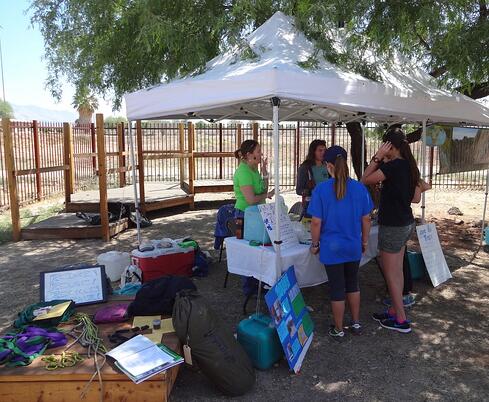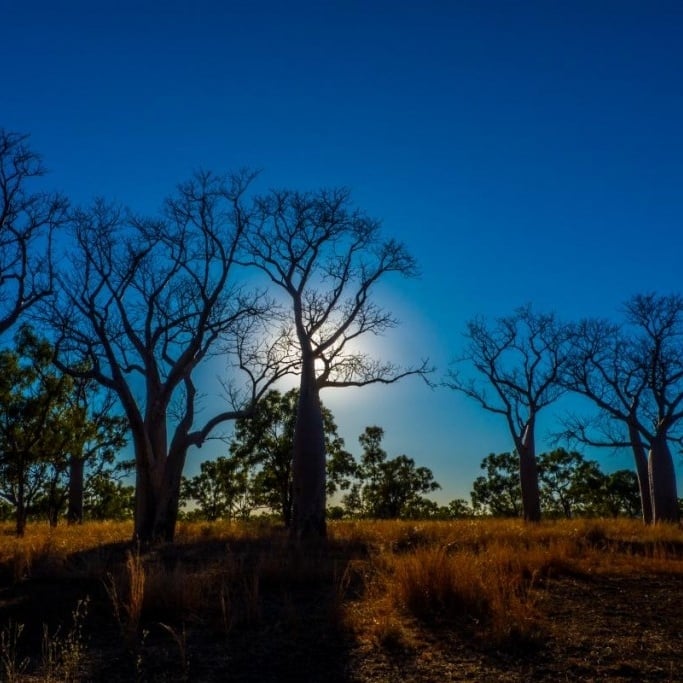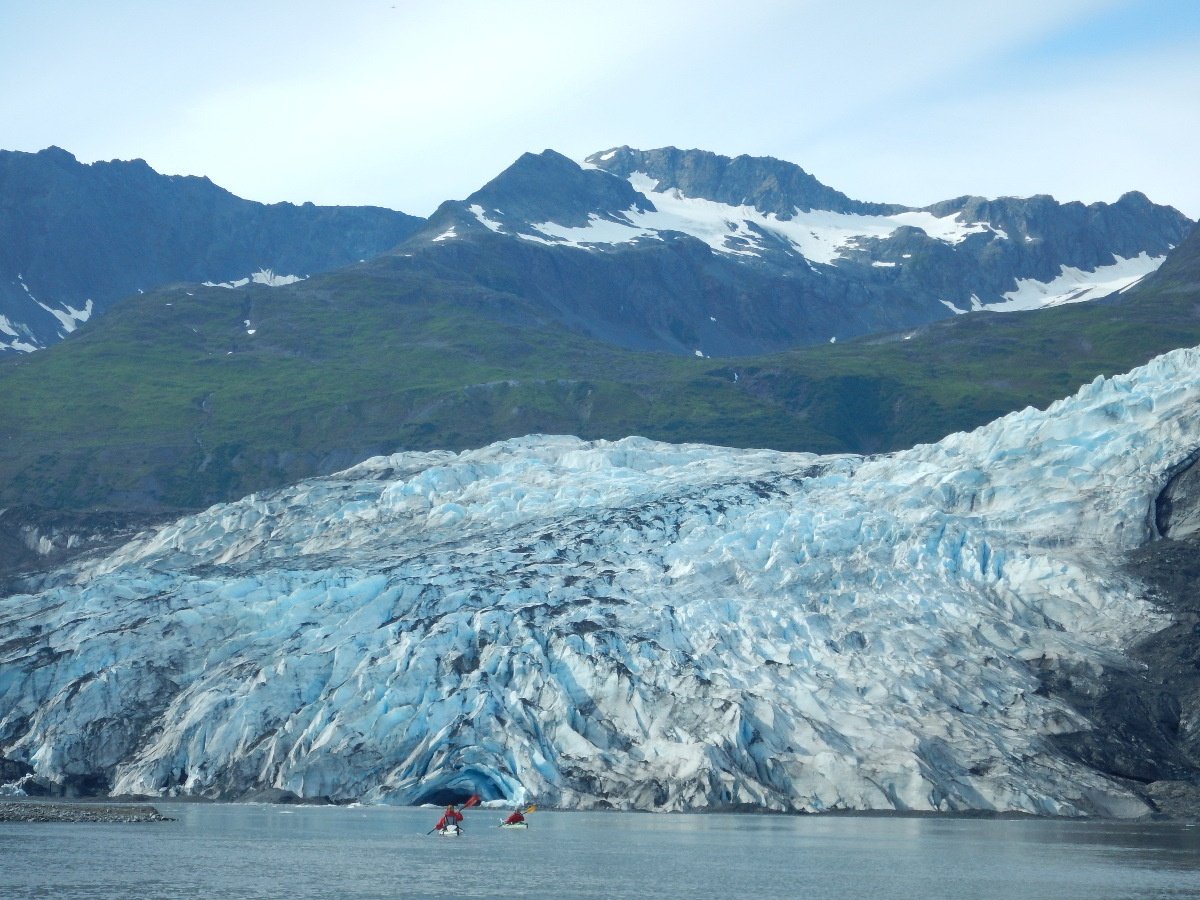Located in the Sonoran Desert, NOLS Southwest receives an average rainfall of 3-16 inches per year. Rainwater harvesting made human settlement in southern Arizona possible as far back as 3,500 years ago. But to compensate for the arid environment today, the Central Arizona Project pumps Colorado River water over 300 miles to Tucson via a pipeline. This unsustainable source currently makes up more than a third of Tucson’s water supply.
At NOLS Southwest, and the city of Tucson in general, we're making strides implementing innovative smart water practices in order to take advantage of the rainfall we do get and secure a more sustainable water supply.
How We’re Implementing Smart Water Practices

In 2012, NOLS partnered with a non-profit sustainability consultancy called the Watershed Management Group. The series of project phases developed from this partnership aimed to guide us in: reducing water consumption; enabling additional water capture; providing storage containers for captured rainwater; efficiently appropriating reclaimed water; and preventing property damage or erosion using earthworks. In 2015, after the successful implementation of several development phases, two dunk tanks and a water pump were installed near our rainwater cistern, making this resource easier to use.
Displacing hundreds of gallons of utility water for cleaning tents, packs, groovers, and ropes returning from the field is a more sustainable way for our branch to operate. In our laundry to landscape system, the use of biocompatible soap helps us avoid wasting water from our washing machine. A gallon saved is a gallon earned.
Future Projects
Future water management project phases could include in-line gauges to assist in tracking water use. Another cistern could offer 3000 gallons of additional capacity for rainwater capture and use.
Next Steps: Education
 How much water is there in the world? Diagram by Duck Murphy.
How much water is there in the world? Diagram by Duck Murphy.
Change always starts with the individual. Despite surpluses achieved through the collection of water from alternative sources, we must be also be prudent as individuals when it comes to using water from any source. Education is the key to understanding the appropriate use of water and to the advancement of wise resource use practices.
Current educational resources available to instructors for teaching about water issues include: the NOLS Environmental Educator Notebook, electronic curriculum resources, and innovative curriculum from NOLS staff. Non-traditional styles of teaching can also be highly effective: Andy Bassett once challenged his students to think about how they interacted with water throughout a course he proctored. The consciousness of the scarcity and preciousness of water as a resource can produce a sea change in water practices.
 Our booth, complete with craft supplies and our poster on smart water practices, at the University of Arizona Extension 4H Earth Day Festival.
Our booth, complete with craft supplies and our poster on smart water practices, at the University of Arizona Extension 4H Earth Day Festival.To put this commitment into practice, last weekend we presented our research at the University of Arizona Extension 4H Earth Day Festival. We organized crafts for children and adults, played natural history bingo that revolved around the flora and fauna of the Sonoran Desert, shared NOLS' gear mending practices ("Reduce Reuse Recycle Repair" - Ally Vitale, former SW Outfitting Manager), and highlighted our research on smart water practices. Ultimately, we felt the major lesson learned from research for the water project was that, despite all systematic measures we may undertake to conserve water, the most valuable changes we can make are in our personal consumption habits and in NOLS' culture as a school.
It is the hope of NOLS Southwest to be a major influencer of a culture of conservation. Our wish is that our legacy of wise water use will live on through the informed actions of other branches, and ultimately those of countless students beyond their time at NOLS.
Check out the other ways the people of Tucson are implementing smart water practices in the High Country News.
Special thanks to Drew Leemon (NOLS Risk Management and former SW Branch Director) for historical information about NOLS Southwest; Catlow Shipek (WMG) for information about Watershed Management Group and their consulting work with NOLS; Lindsay Nohl (Southwest Director) for information about current means of tracking resource use and utility information; Andrew Megas-Russell (Southwest Facilities Manager) for providing facilities information; Brian "Duck" Murphy (Southwest Program Manager) for curriculum information and some historical information about the branch; and Sydney Hartsock (former Southwest Program Manager) for her supervisory assistance with this project. Mariah Shaw (Southwest Intern) was co-author of the water report and gave editorial feedback on this post.
 Smart water practices will preserve these rare water sources, like this river in the southwest's Gila Wilderness, for generations to come. Photo by Kyle Duba
Smart water practices will preserve these rare water sources, like this river in the southwest's Gila Wilderness, for generations to come. Photo by Kyle Duba
Stay updated on sustainability projects at NOLS on the Environmental Stewardship and Sustainability page of our website.



